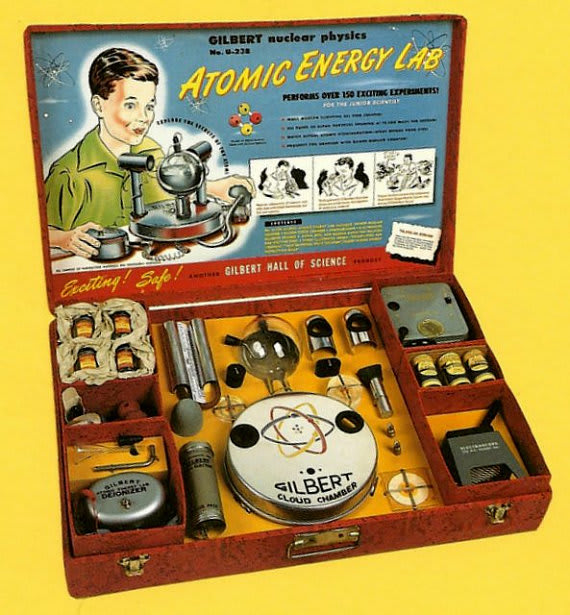One of the required maintenance procedures called for the central control rod to be manually withdrawn approximately 4 inches (10 cm) in order to attach it to the automated control mechanism from which it had been disconnected. Post-accident calculations estimate that the main control rod was actually withdrawn approximately 26 inches (66 cm), causing the reactor to go prompt critical, which resulted in the steam explosion. The fuel, portions of the fuel plates, and water surrounding the fuel plates vaporized in the extreme heat. The expansion caused by this heating process caused water hammer as water was accelerated upwards toward the reactor vessel head, producing peak pressures of 10,000 pounds per square inch (69,000 kPa) on the head of the reactor vessel when air and then water struck the head at 160 feet per second (50 m/s).[27]
The most common theories proposed for the withdrawal of the rod are (1) sabotage or suicide by one of the operators, (2) a suicide-murder involving an affair with the wife of one of the other operators, (3) inadvertent withdrawal of the main control rod, or (4) an intentional attempt to "exercise" the rod (to make it travel more smoothly within its sheath).[30][31] The maintenance logs do not address what the technicians were attempting to do, and thus the actual cause of the accident will never be known. The investigation took almost two years to complete.
Investigators analyzed the flux wires installed during the maintenance to determine the power output level. They also examined scratches on the central control rod. Using this data, they concluded that the central rod had been withdrawn 26.25 inches (66.7 cm).[20] The reactor would have been critical at 23 inches (58.4 cm), and it took approximately 100 ms for the rod to travel the final 3.25 inches (8.3 cm). Once this was calculated, experiments were conducted with an identically weighted mock control rod to determine whether it was possible or feasible for one or two men to have performed this. Experiments included a simulation of the possibility that the 48-pound (22 kg)[32] rod was stuck and one man freed it himself, reproducing the scenario that investigators considered the best explanation: Byrnes broke the control rod loose and withdrew it accidentally, killing all three men.[11]

